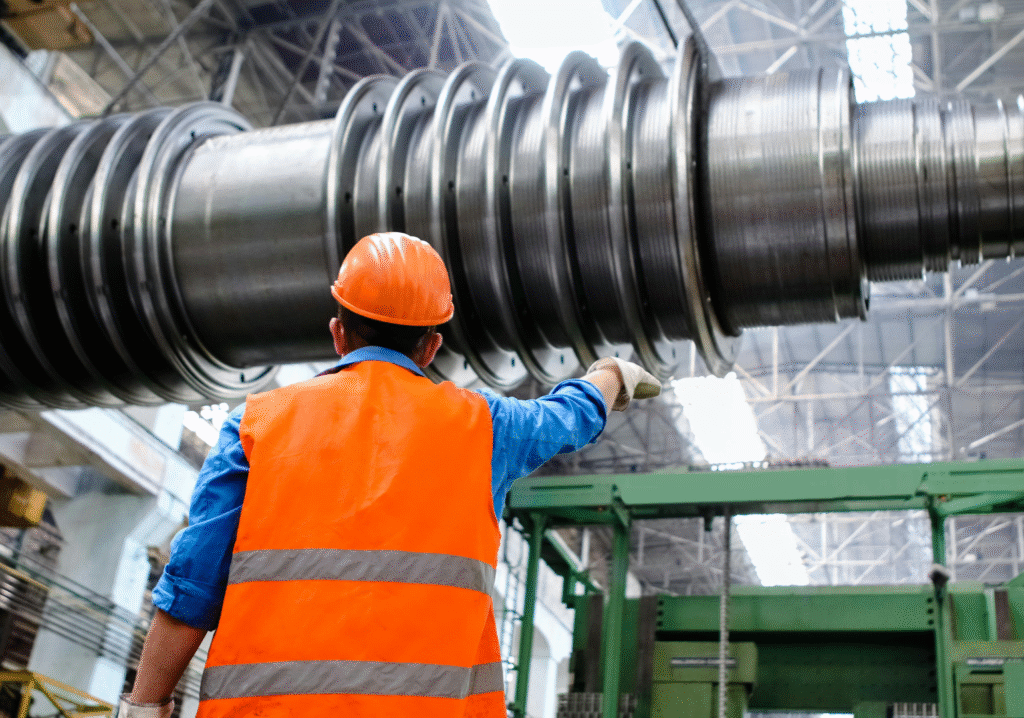Meanwhile, AI-powered predictive maintenance systems can analyse vast quantities of sensor and operational data from renewable energy infrastructure, predicting and preventing failures before they occur – which prolongs asset lifespans and improves sustainability.
But from Neo’s perspective, there needs to be more of a concerted effort to bring these tools into the mainstream.
“I think we still have legacy views of what we can effectively trust with technology, and where it’s being applied,” he said. “Some of the digital twins models, for example, are still very much a nice-to-have. The way some businesses and industries use it, it’s not yet getting into mission-critical type environments.”
This is something Neo thinks needs to shift. “We are under cost pressures, there’s labor shortages and we need to do things efficiently – so we don’t want to have large workforce requirements, and we want to be able to roll out things as optimally as possible.”
Read more: An overview of the engineering labour market in 6 graphs
Cross-skilling talent pools
Beyond efficiency, use of AI and digital platforms can serve as powerful recruitment magnets. For an industry often seen as traditional and process-driven, the lure of cutting-edge AI projects can open doors to candidates who might never have considered engineering.
“The vision is that it can replace a lot of the mundane, repetitive work in engineering, which can attract a different pool of talent that’s maybe not available traditionally,” Neo said. “So it opens up more options in different areas.”
While digital natives may swiftly embrace new tools, seasoned engineers may remain cautious. But it can cut both ways.
“The new generation is adopting tools like AI very quickly, but they likely don’t know where to best apply it,” he said. “And the older generation still may be somewhat resistant to it.”

